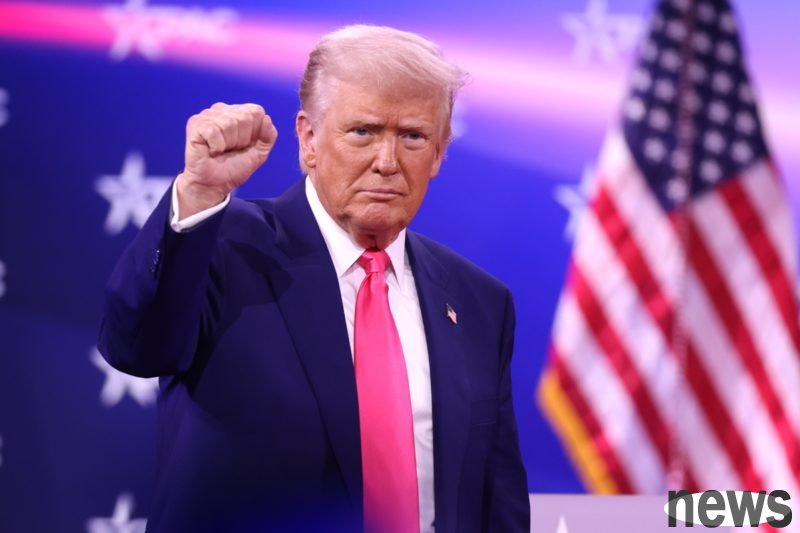
U.S. President Trump has taken a tough stance on China’s rare earth export controls and announced that starting from November 1, 2025, the United States will impose an additional 100% tariff on all imported goods from China, along with the implementation of export controls on all key software products.
About 70% of the global supply of rare earth minerals comes from China. These are indispensable and important materials for high-tech industries such as automobiles, defense, and semiconductors. However, China has recently issued "extremely hostile" letters to countries around the world, announcing that it will implement large-scale export controls on all key products produced in China, especially rare earth elements.
Although the trade war between the United States and China has eased slightly since May, the two sides agreed to cancel the three-digit high tariffs on each other's goods. Officials from both sides launched a series of negotiations on a number of issues. They were originally scheduled to meet again during the summit in South Korea this month. Unexpectedly, the Chinese Ministry of Commerce announced two Japan's sudden announcement of "the most stringent rare earth ban in history" not only once again used rare earth elements as a bargaining chip, but also expanded the scope of negotiations to the world, trying to reshape the global industrial chain and gain dominance.
Trump is extremely dissatisfied with this. A few hours ago, he threatened to "significantly increase" tariffs on Chinese imported goods, and then announced that an additional 100% tariff will be imposed on all goods imported from China starting from November 1 this year.
This move will cause comprehensive tariffs on some commodities to exceed 130%, covering consumer electronics, machinery and equipment, textiles, agricultural products, etc., with an impact on Sino-US bilateral trade of approximately US$500 billion.
After the news was released, global markets fluctuated violently, with the S&P 500 index falling 2.7% in a single day, the largest drop since April this year.
These actions not only indicate that the tense trade conflict between the United States and China has deteriorated again, but are also seen as the two countries' battle for technological hegemony has entered a destructive stage. The confrontation between the two sides in the fields of global industrial supply chains, technology, and raw materials will become more intense, triggering concerns in the global market and technology industry.
The new U.S. tariffs will undoubtedly have a direct impact on the target Chinese companies, but they may also become a powerful catalyst for China, forcing China to accelerate technological independence and the construction of its domestic software industry. Countries in Europe, Southeast Asia and other countries are placed in an awkward position. They are both allies of the United States and have close economic ties with China. How to maintain their strategic autonomy during the struggle between the two sides will become a severe challenge.
Trump puts extra 100% tariff on China imports, adds export controls on ‘critical software’Next:Korean media: Samsung considers disbanding 1c DRAM task force, but still promotes HBM4 mass production with yield rate less than half